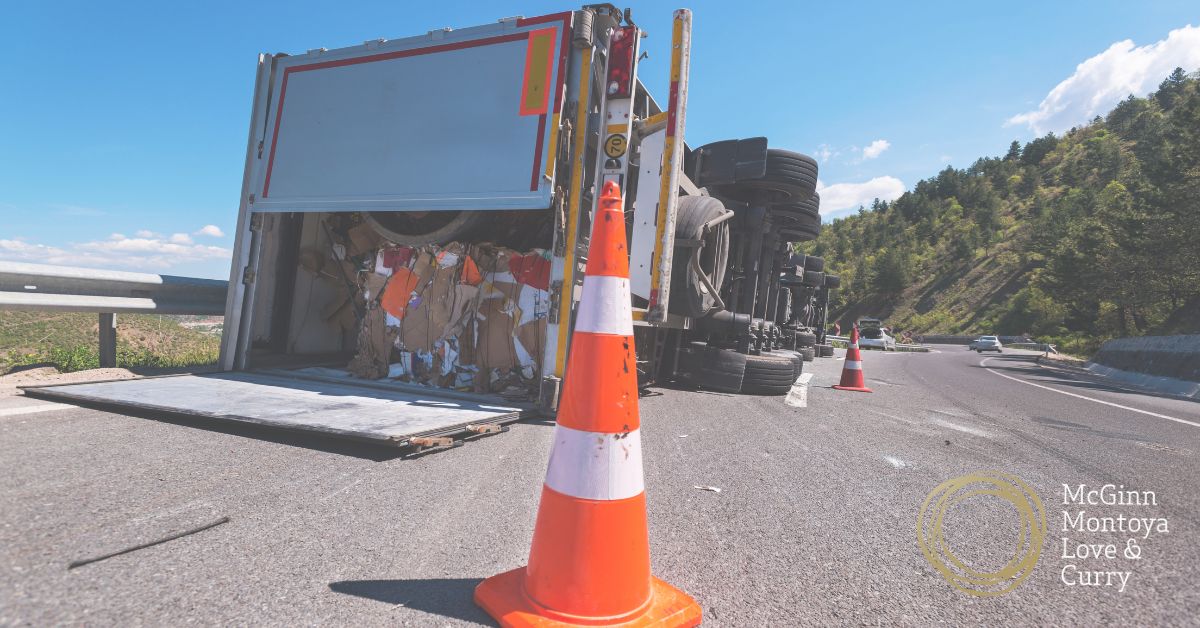According to a report by the University of New Mexico, large trucks were involved in 6.2 percent of all motor vehicle accidents and 17.6 percent of all fatal accidents in 2019. While trucks play an essential role in our economy, they also pose a significant threat to other vehicles on the road. Due to their size and weight, trucks are much more likely than cars to cause severe damage in an accident. As a result, trucks are involved in a disproportionate number of collisions each year.
What is a Runaway Truck?
Trucks that suddenly lose control account for about 4,000 trucking accidents per year. A runaway truck is a truck that loses control and speeds down an incline, often without the driver able to regain control. Runaway trucks can be dangerous, especially if they are carrying hazardous materials. To prevent accidents, many trucks are equipped with special brakes that can be automatically engaged if the truck begins to pick up speed. However, even with these safety measures in place, runaway trucks still occur.
How Does This Happen?
While there are many possible causes of a runaway truck, some of the most common include:
Brake Failure - Several factors, including improper maintenance, faulty brakes, or brakes that are too worn down are hazardous to trucks. When a truck's brakes fail, the driver may lose control of the vehicle, and it can careen down an embankment or into oncoming traffic.
Loss of Traction - One cause of a runaway truck is loss of traction, which can happen when a truck is going too fast for conditions such as wet or icy roads. Once the truck starts to slide, it can be challenging to stop, and it may even rollover.
Shifting Load - The most common cause of a runaway truck is shifting cargo, which can cause the truck to become difficult to stop. If a driver fails to secure their load properly, it can shift during transit and cause the vehicle to lose traction or become destabilized.
Runaway Truck Ramps
Runaway truck ramps are a critical safety measure on steep highways. They provide a place for out-of-control trucks to stop and avoid crashing into other vehicles or going off the road entirely.
Runaway truck ramps are usually located at the bottom of a long downhill stretch of highway, and they are designed to stop trucks that are going too fast. Designed using either gravel, gravity (an uphill ramp), sand or even steel netting, runaway truck ramps have been proven to be a successful way for truckers to avoid serious accidents by safely bringing their vehicles to a stop.
What Else Can Be Done To Prevent Runaway Trucks?
To prevent these accidents, truckers must take steps to maintain their vehicles and stay alert while on the road. Truckers should ensure that the truck is properly serviced and that the brakes are in good working condition.
Second, the truck should be loaded in such a way that the weight is evenly distributed. This will help to keep the truck stable while it is moving.
Lastly, the driver should always maintain a safe speed and should not attempt to brake suddenly. By following these simple safety measures, it is possible to greatly reduce the risk of a runaway truck accident.
Truck Accident Attorneys in Albuquerque, New Mexico
At McGinn Montoya Love Curry & Sievers PA, we have represented many clients who have been harmed in truck accidents. We understand the complex issues that can arise in these cases, and we know how to aggressively pursue compensation for our clients.
If you have been injured in a truck accident, call us today at (505) 405-4441 or fill out our form online for a free initial consultation.


.png)
.png)